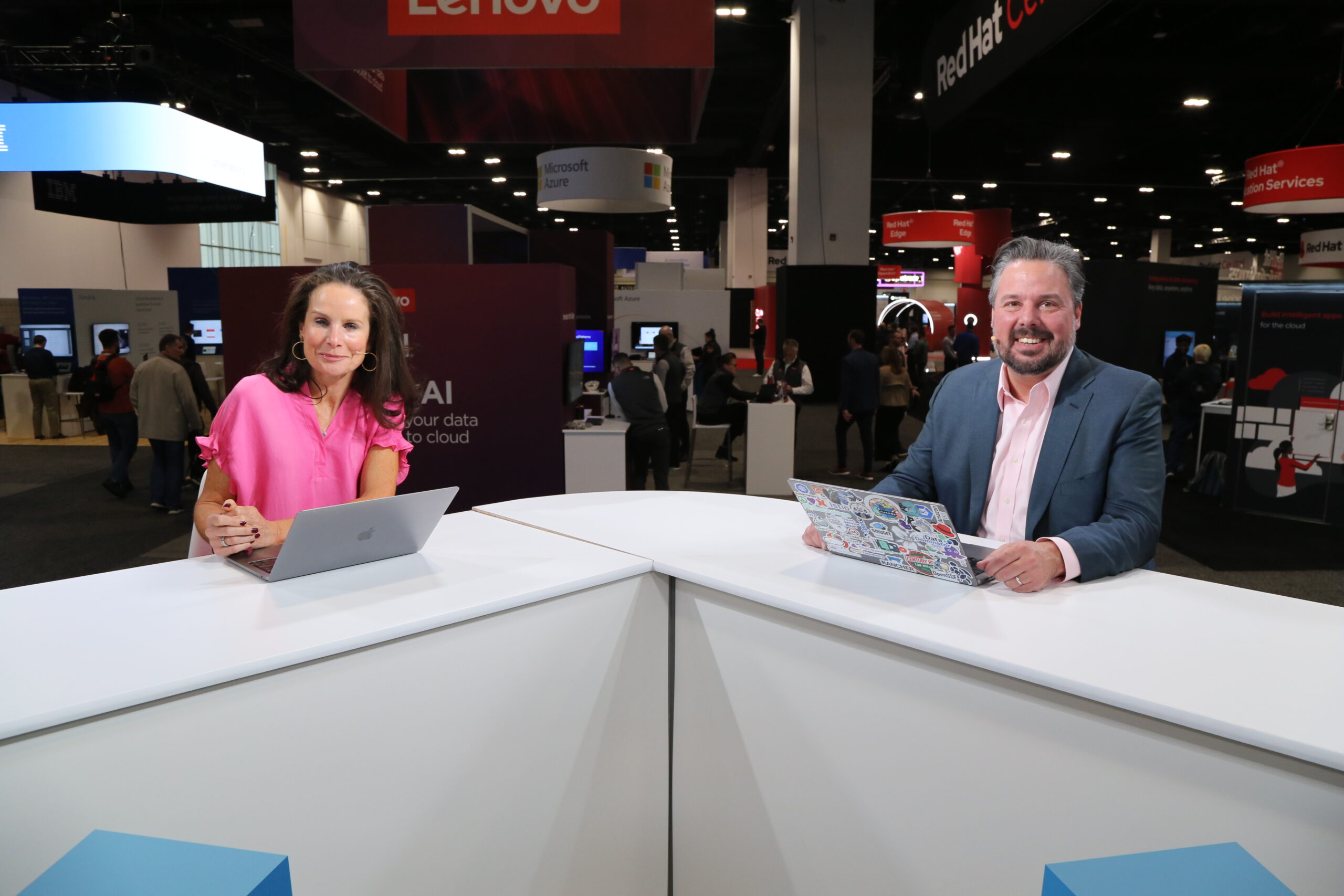Red Hat Leads the AI Charge with Open Source Innovation: In the fast-evolving landscape of artificial intelligence, Red Hat Inc. is positioning itself as a pioneer — not through secrecy, but by fully embracing open-source principles.
At Red Hat Summit 2024, co-hosted once again with AnsibleFest, the company showcased its forward-thinking approach to AI, automation, and community-driven development.
Openness at the Heart of Red Hat’s AI Vision
According to Rebecca Knight and Rob Strechay from theCUBE, Red Hat’s approach to artificial intelligence remains consistent with its legacy of openness and flexibility.
“AI is the theme this year,” said Knight. “Red Hat is doing what it does best — building open, flexible, and democratized technology solutions.”
Their keynote analysis at the summit’s opening session highlighted the company’s commitment to transparent, user-first AI products that encourage collaboration and trust.
Introducing InstructLab and Red Hat Enterprise Linux AI (RHEL AI)
Red Hat unveiled two groundbreaking open-source AI tools:
-
InstructLab: A community-driven project designed to improve large language model (LLM) outputs.
-
RHEL AI: A robust foundation model platform for deploying IBM’s Granite LLMs on OpenShift AI infrastructure.
These tools help businesses build custom AI applications using their own datasets while maintaining full control over performance, security, and cost.
Real-World Use Case: Smarter Customer Support
Red Hat Leads the AI as Red Hat’s new AI products are not just theoretical. For instance, customer support teams can use InstructLab and RHEL AI to build AI assistants that:
-
Pull answers from internal knowledge bases
-
Avoid AI hallucinations
-
Deliver faster, accurate responses
-
Run securely on OpenShift AI
“The idea is to empower agents with better tools to serve customers—without the risks of closed AI systems,” said Strechay.
Why Open Source is Crucial for Responsible AI
In a time of increasing AI regulation and ethical concerns, Red Hat’s open-source approach offers a clear advantage.
“Open source fosters trust, better governance, and stronger security,” Strechay explained. “It’s easier to prove compliance when you’re not hiding the code.”
Unlike proprietary AI models, Red Hat’s open-source solutions allow transparency, collaboration, and community auditing—all essential for long-term AI success.
Red Hat’s Partner Ecosystem: A Competitive Edge
Red Hat Leads the AI as Another highlight from Red Hat Summit 2024 was the strength of the company’s partner ecosystem. According to Knight:
“Partner collaboration is vital to Red Hat’s growth. Their open AI tools are built with partners, for partners — ensuring real-world impact.”
This ecosystem-centric approach accelerates innovation and allows Red Hat to quickly respond to diverse industry needs.
Conclusion: Red Hat is Building the Future of Open AI
Red Hat’s 2024 AI strategy is a clear signal to the tech world — open source isn’t just an alternative; it’s the future of artificial intelligence.
By launching tools like InstructLab and RHEL AI, and empowering developers through OpenShift AI, Red Hat is proving that open, secure, and ethical AI is both achievable and scalable.
